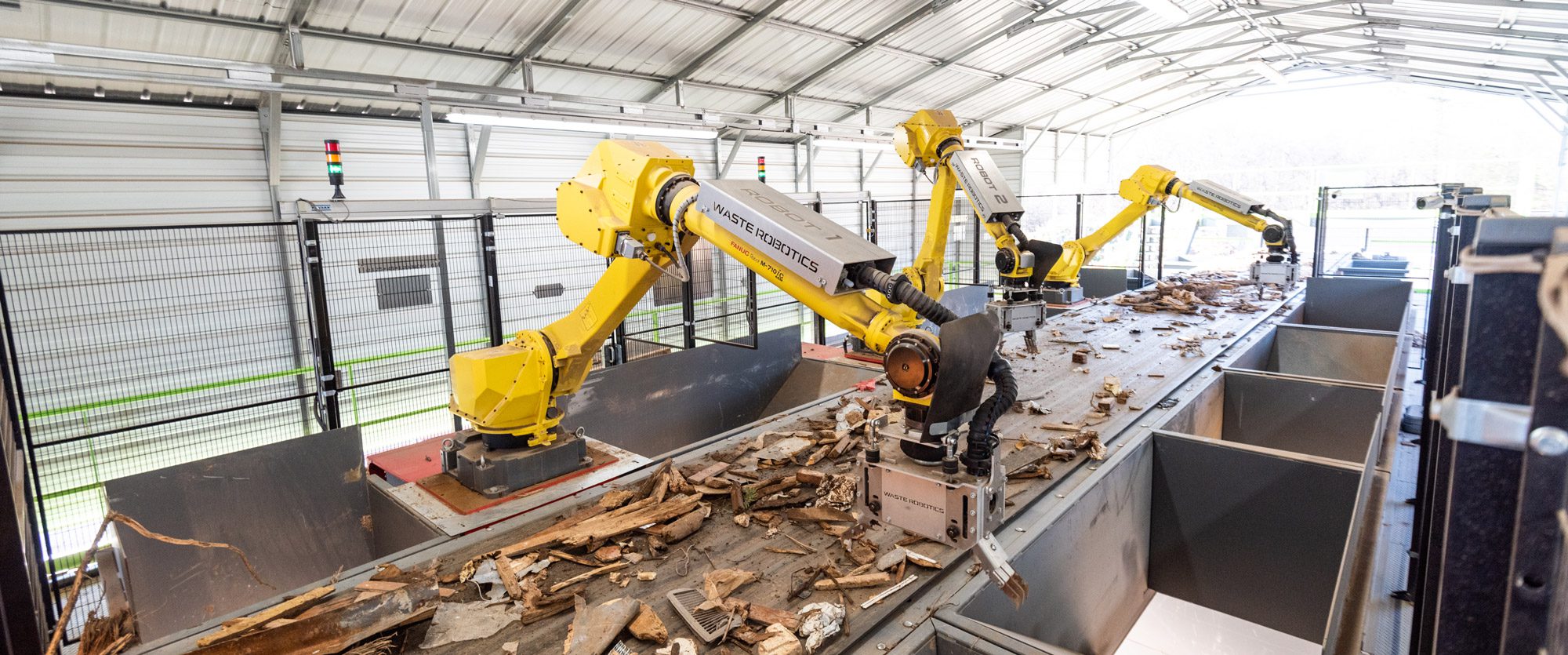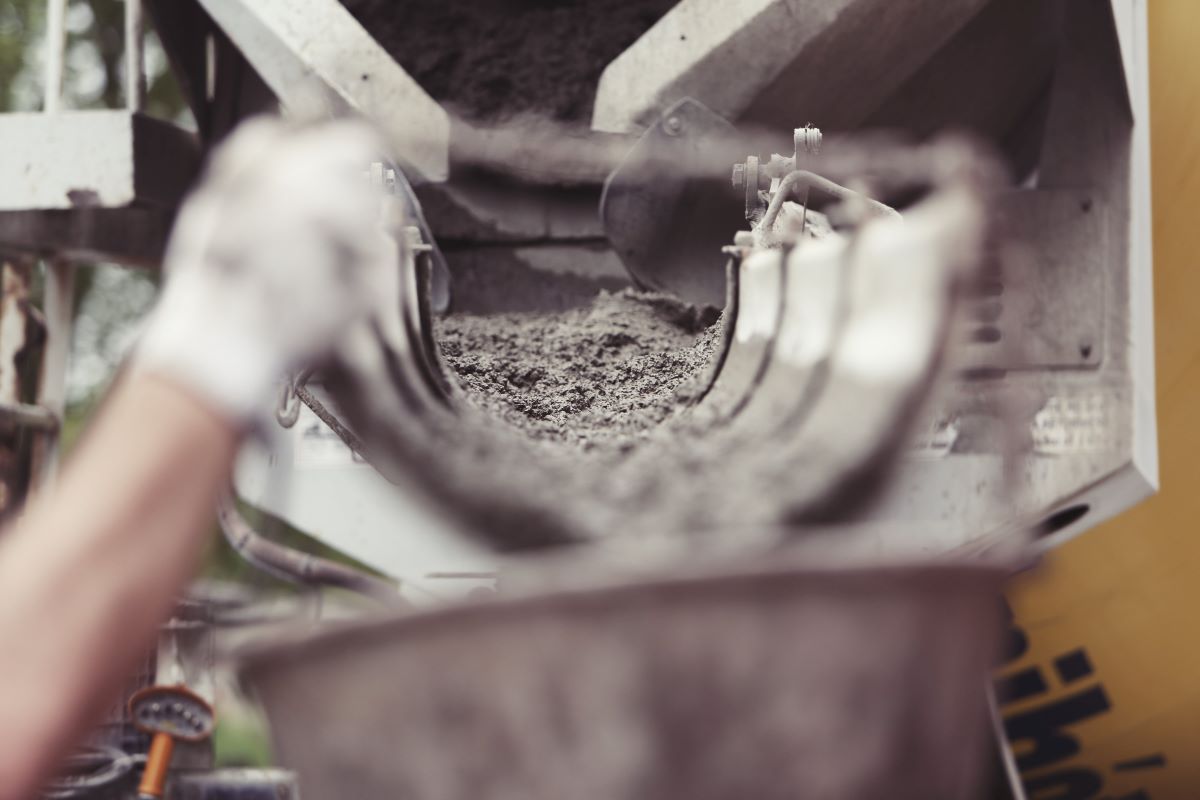10 innovative construction tech startups around the globe
Check out who is rising to the top in the world of contech.

Machines from Quebec-based Waste Robotics sort construction waste. – Waste Robotics
As the world’s construction sector is in the midst of battling high costs, labour shortages, unprecedented demand and more, many are looking to the tech sector to see if there is a better way to build.
According to a recent report by Cemex Ventures, Cemex’s corporate venture capital and open innovation unit, contech investment in 2022 was $5.38 billion. Nearly 50% of this investment took place in North America, 30% in Europe. The most active countries were U.S., U.K. and Canada. The most investment went into products that enhance productivity, at 53%.
In addition, Cemex released its annual list of the Top 50 Contech Startups. We went through the whole list and picked out 10 that caught our eye.
Automatic Construction
You can’t just inflate a home like a balloon, can you? The idea of inflatable concrete buildings sounds crazy. But it could be another tool to rapidly build structures. Here’s how Automatic Construction does it: Plastic fabrics with reinforcement and internal structures are delivered to a site and then pumped full of air. The inflated structure is then filled with whatever pumpable concrete you want. The forms stay put, providing built-in waterproofing and an airtight barrier. Mechanical systems are installed in built-in chases.
Mix Interesting

Mix Interesting is a digital mixing master that uses artificial intelligence to help to develop greener concrete 10 times faster than traditional methods. The company combines mathematical optimization, physical models and AI in a software tool that is able to propose new and promising concrete mix designs with a single click . The company says that this makes innovation cycles shorter, cheaper and reduces the number of laboratory experiments significantly.
Waste Robotics
Based out of Quebec, Waste Robotics is making the dream of robots doing the dirty work a reality. Waste Robotics integrates advanced waste handling processes, computer vision, deep learning algorithms and state-of-the-art robotic technologies to enable smaller, more precise, safer and more profitable waste recycling facilities. This is particularly useful for construction, which generates nearly 1.3 billion tons of waste each year. And let’s be honest, it’s oddly satisfying to watch robots methodically sort things.
2050 Materials
2050 Materials is a digital information and research platform and API for the AEC industry to explore, compare and source building materials. Their goal is to take the global data on building products, which can often be complex and hard to access, and present it all in a singular format that can be used by anyone. The company also developed the Embodied Carbon Optimizer, a visual tool that provides a simplified LCA for early design phases to quickly compare the climate impacts of building systems, like facades and roofs, by customizing standard assemblies per component.
Advanced Construction Robots
Advanced Construction Robotics’ name pretty much says it all. They make advanced construction robots for the construction sector. They also use artificial intelligence to automate processes. Currently, the company has TyBOT, which performs rebar tying duties, a painful and relative task when done by humans. TyBOT self-locates, self-positions and self-ties more than 1,200 intersections per hour. The company also offers IronBOT, which lifts, carries and self-places horizontal and longitudinal rebar.
oculai
Oculai isn’t a generic AI like ChatGPT. It knows construction inside and out and can recognize building processes. Using jobsite camera data, oculai records the work carried out for each day and automatically enters it into a ready-made daily construction report. This inlcudes photos, working hours and even weather data.
Aren

Aren’s patented technology brings together civil engineering, computer vision, deep learning, and artificial intelligence to monitor infrastructure assets, minimize the risk of failure, prioritize repairs, and optimize global infrastructure spending. After a digital twin of an asset is created and monitored, Aren’s artificial intelligence tool automatically detects and quantifies the severity of any damage, tracks changes over time, assesses how the damage is evolving and calculates the rate of deterioration of the asset to predict future structural changes.
BuildWitt
Founded in 2018 by self-described “chief dirt nerd” Aaron Witt, BuildWitt started off using photography and video to document some of the most incredible heavy construction sites on the planet. They have grown to offer specialized marketing services and training software for the construction sector. But most importantly, Witt and his team make construction look unbelievably cool and fun. And that is a huge part of what the industry needs to recruit more works. Witt’s YouTube channel alone has more than 250,000 subscribers.
Conox

Rather than toss out concrete waste, Conox has developed a process to melt it down to make traditional glass and other glass products. Conox says its propriety methods add a high value use of recycled concrete and provides the glass industry with a new, low greenhouse gas raw materials. Waste concrete is generated at a rate of nearly 2.2 billion tons a year. Conox gets it out of landfills and back into the economy.
Faber

It’s no secret that finding workers is one of the biggest if not the biggest challenge the industry faces today. Based in Vancouver, B.C., Faber has created an online marketplace that allows for contractors or construction companies to sign up and connect to a large database of skilled labour resources in their local city. Additionally, the platform allows contractors the flexibility to add or remove workers based on project demands.
